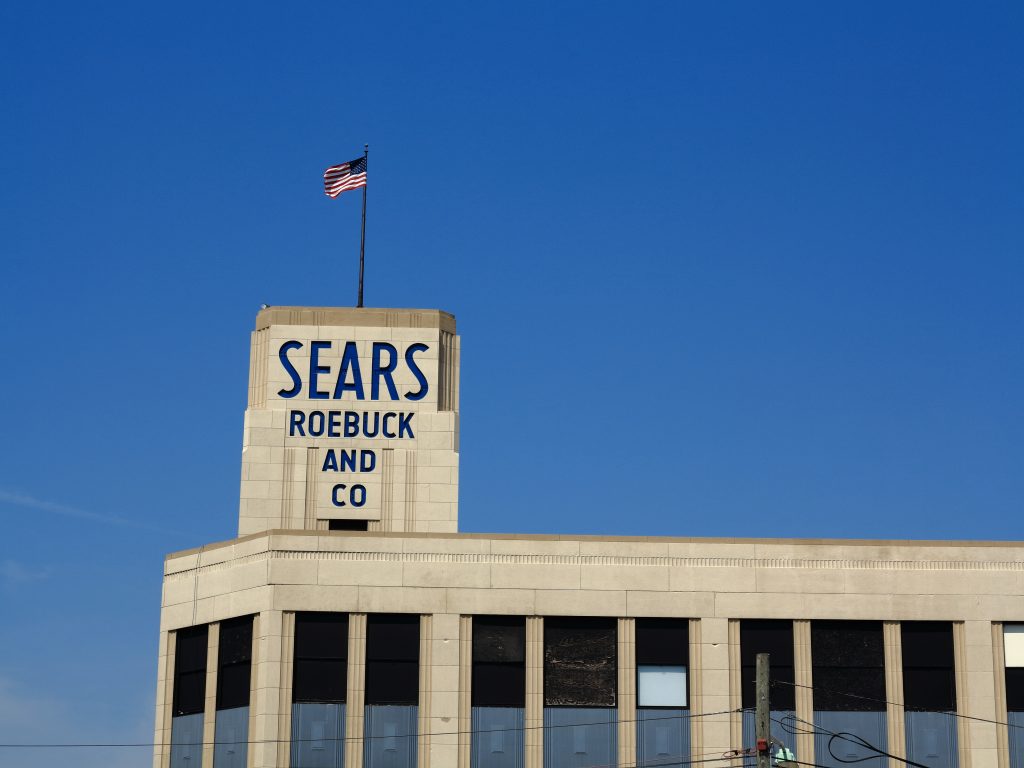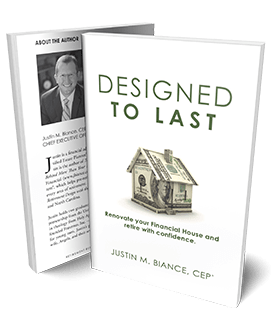If you look at America’s early history, one could argue many of our successes came at the misfortune of the British Empire. The same could be said about the success of our most prominent stock exchange, the New York Stock Exchange (NYSE).
In the 17th century the East India Company had a monopoly on trade and therefore, were well established. Many people purchased shares of stock in hopes of benefiting from the company’s profits.
This inspired many entrepreneurs to “set up shop” and sell shares of stock for their new ventures. Many of these businesses failed and people owning shares of stock lost money.

This caused the government of England to have a knee-jerk reaction and ban the sale of any stock until 1825 . This created a huge opportunity for the New York Stock Exchange, which had “officially” formed just a few years earlier in 1817.
America was open for business. Countries around the world came to our shores to buy and sell stocks and bonds. You could say this was salt in the wound and gave the people of Britain a reason, other than the American Revolution, to look at the United States with mild disdain.
Businesses need capital to grow and the stock market was a place to raise capital. These enterprises could sell equity in their firms (shares of stock) or borrow money from investors through the sale of debt instruments (bonds).

The NYSE soon became the center for global economic trade and it has held that prominence for 150+ years. Even though this global marketplace was burgeoning on a street named “Wall” in Manhattan, the vast majority of Americans had very little knowledge it existed.
This was mainly due to the fact that it didn’t affect their everyday lives. It wasn’t until the 1980’s when the stock market became well known on main street and in households.
Prior to 1981, most all retirement plans were “defined benefit plans”, commonly known as pensions. These plans were established by large companies such as General Electric and Sears Roebuck & Company.

Investment decisions and the subsequent risk involved, rested solely on the shoulders of the company or employer. However, that all began to change with the introduction of the 401(k) plan in 1981.
The 401(k) or defined contribution plan is owned and managed(directly or indirectly), by the individual investor. For the first time, the average American had to make investment decisions regarding his or her retirement assets.
Those early adopters of 401(k) plans who took on investment risk were handsomely rewarded. The period from 1982 to 2000 was known as the Millennium Boom, the largest stock market boom ever.
It is a modern example of the anchient Chinese proverb– “Pearls don’t lie on the seashore. If you want one, you must dive for it.”

Due to the success many investors experienced within their retirement accounts; scores of Americans began investing non-retirement funds in the stock market as well.
This coincided with the expansion of media outlets reporting business news into the living rooms of families across our country. Readily accessible information about the stock market educated the general public and increased investor confidence. People tend fear what they don’t know, the more people learned about the stock market, the less they feared it.

Experiencing a solid return on investment helped to increase the popularity of investing as well. According to the Stern Business School at New York University, from 1928 to 2013, the S&P 500 had an average annual return of 9.55% .
Over the long term, a well-diversified portfolio of stocks such as the S&P 500 typically outperforms other investment vehicles such as Treasury Bills, Bonds and Certificates of Deposit.
The key words in that previous sentence are: over the long-term. Having a long investment time horizon is essential to realize a return similar to the S&P 500. It begs the question, “what if I don’t have a long-time horizon?” This is a question that troubles many retirees.

The incessant pursuit of return is the downfall of many investors. Managing risk is the paramount objective when referring to the stock market. Warren Buffett’s most influential mentor Benjamin Graham said it best, “successful investing is about managing risk, not avoiding it.”
That being said, if this tool of the stock market is not used wisely than your financial house may not fare well during the next history-making event on Wall Street. As we have learned over the years, storms will come.
The question is, will my financial house stand strong? Is my investment plan and income plan, designed to last? If you are not sure of the answer to that question, please give us a call (863) 304-8959, we would be happy to have a simple conversation about where you are now and where you would like to be.
That’s my 2 cents.
Investment advisory services offered only by duly registered individuals through AE Wealth Management, LLC (AEWM). AEWM and J.Biance Financial are not affiliated companies.
Investing involves risk, including the potential loss of principal. No investment strategy can guarantee a profit or protect against loss in periods of declining values. Past performance is not indicative of future results.
The information contained in this material is believed to be reliable, but accuracy and completeness cannot be guaranteed; it is not intended to be used as the sole basis for financial decisions. If you are unable to access any of the news articles and sources through the links provided in this text, please contact us to request a copy of the desired reference. 571302


